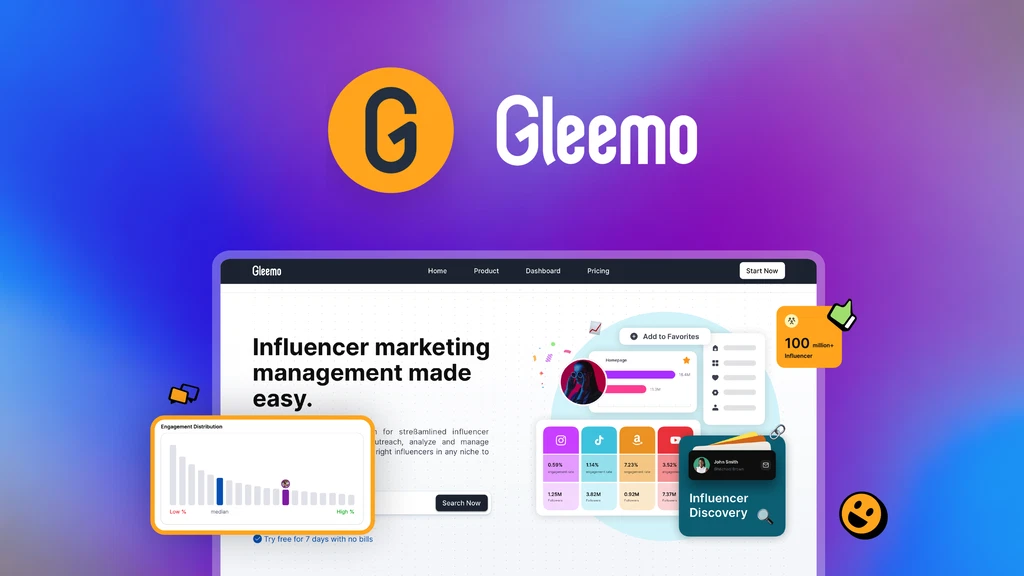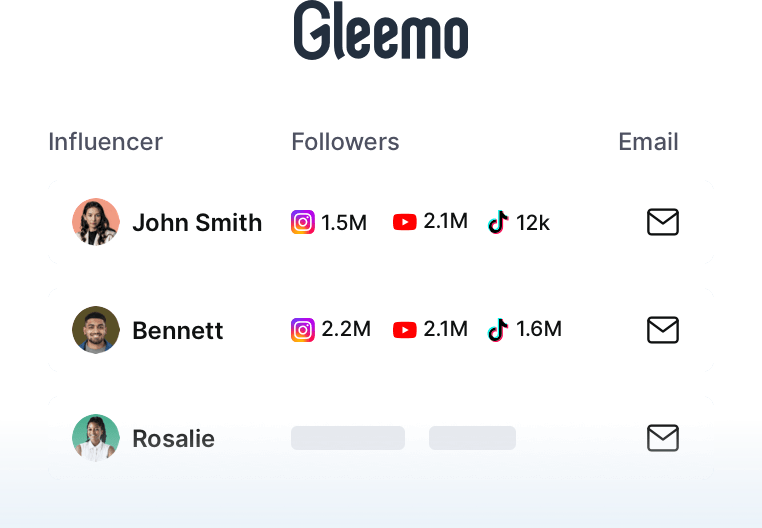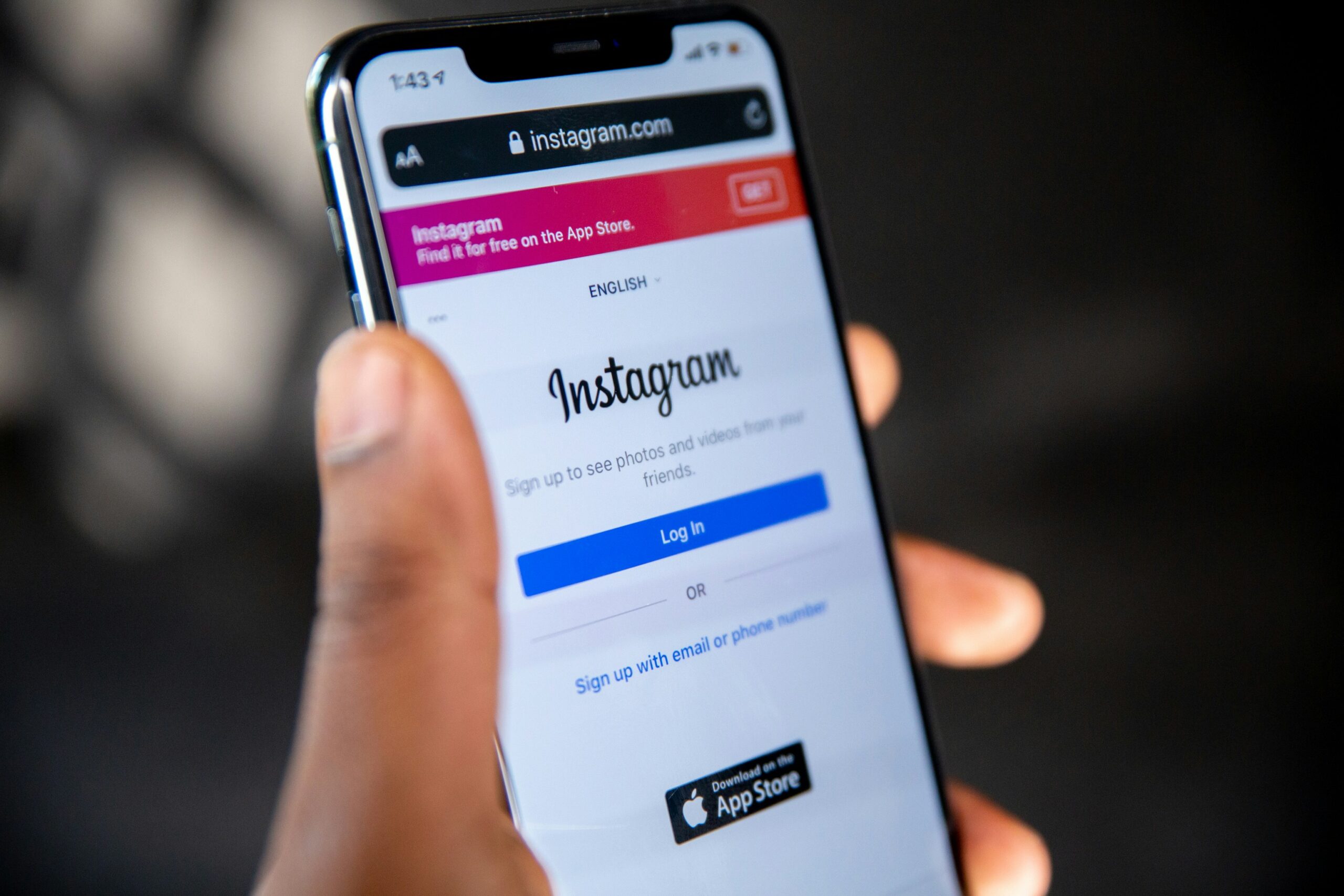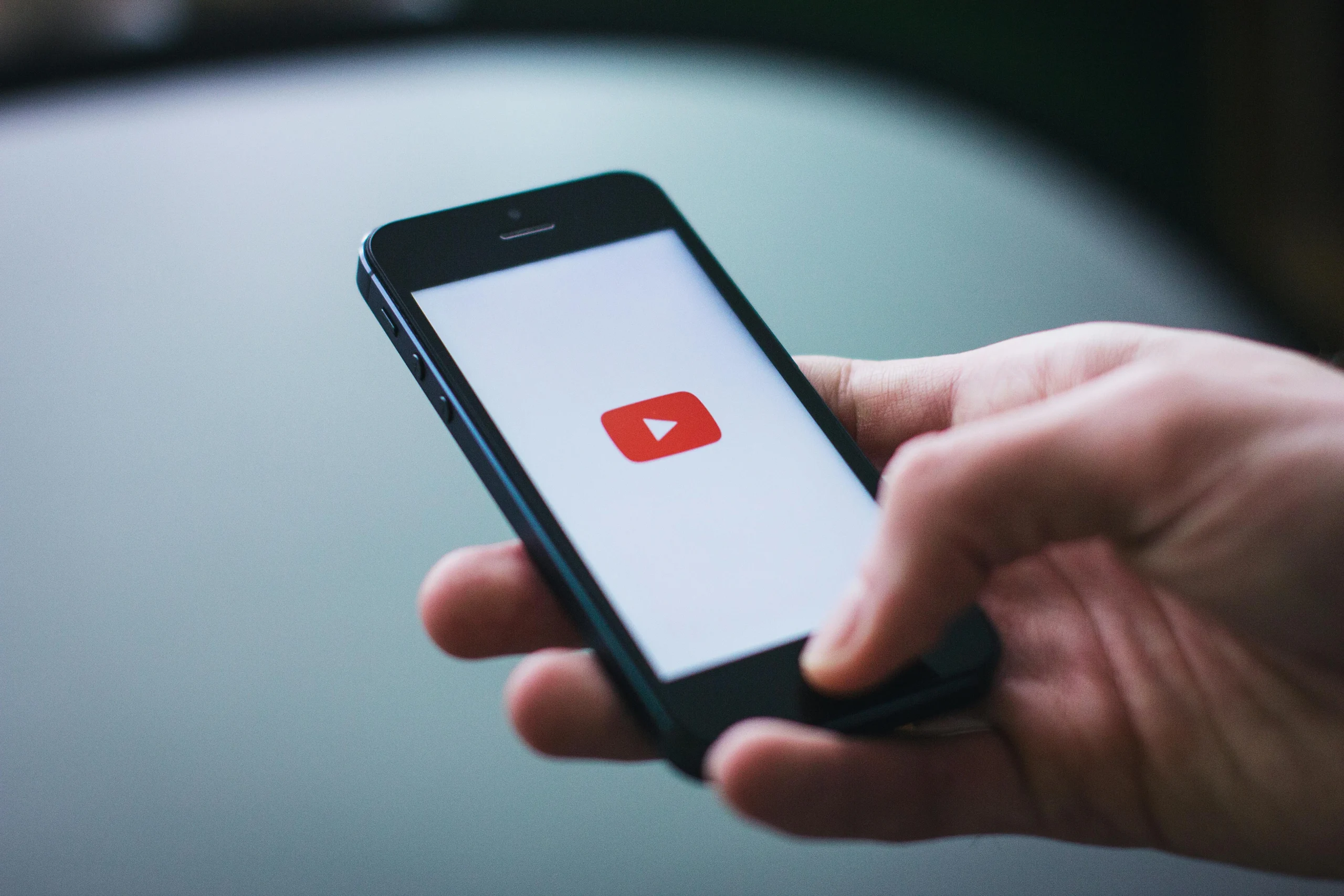Let me share with you the secrets of negotiating successful influencer partnerships and transforming these collaborations into powerful, ROI-driven campaigns.
Why Mastering Influencer Negotiation Matters

In today’s crowded influencer landscape, poor negotiation isn’t just costly—it’s career-limiting. Brands that approach negotiations carelessly risk wasting budgets and opportunities. Mastering this skill ensures:
- Optimal Resource Allocation: Paying fair value based on tangible metrics, not vanity figures.
- Clear Expectations: Defining deliverables, timelines, and KPIs upfront prevents disputes and disappointment.
- Stronger Relationships: Professional negotiation fosters mutual respect, leading to potential long-term collaborations.
- Improved Campaign Performance: Alignment on goals and creative freedom within boundaries drives better results.
- Scalability: Efficient negotiation processes enable managing larger volumes of creator partnerships.
Phase 1: Foundational Preparation (Don’t Skip This!)
Negotiation success starts long before you send a proposal.
Define Your Mission and Metrics
What exactly are you trying to achieve? Brand awareness? Sales? Community growth? Be specific. And quantify everything you possibly can:
- Target impressions
- Click-through rates (CTR)
- Conversion ratesEngagement rates (calculated as (Likes + Comments)/Followers * 100%)
- Discount code usage
- Website traffic sources
Vague goals lead to messy negotiations and murky outcomes.
Budget Realistically
Set a clear total budget that includes fees, product costs, platform fees (if you’re using a marketplace), and agent commissions (typically 10-20%). Decide how you’ll compensate creators—monetary payments, product gifting, experiences, or affiliate/revenue share arrangements. Identify your absolute maximum (“walk away point”) for different creator tiers.
Conduct Deep Influencer Research
Relevance is everything. Does their audience perfectly match your target demographic? Use Gleemo’s influencer analytics tool to analyze audience interests, location, age, and language beyond basic demographics.
Conduct an authenticity audit. Review their past branded content—is it genuine? How does the audience react? Scrutinize their engagement rate—prioritize genuine interactions over raw follower count.
Check if their strongest platform aligns with your campaign goals. And ensure their content style, tone, and values align with your brand.
Benchmark what similar-sized creators in your niche typically charge using rate databases and influencer marketing platforms.
Phase 2: Accurately Value the Partnership
Determining fair compensation isn’t a guessing game.
Understand Influencer Pricing Models
Influencer pricing models refer to the various methods used to determine how much brands pay influencers for their marketing services. These models vary based on factors like campaign goals, platform, influencer reach, and content type.
| Pricing Model | Pros | Cons | Best For |
| CPM | Predictable cost per impression | Impressions can be inflated | Reach-focused campaigns |
| CPE | Focus on actual engagement | Harder to predict | Engagement-focused goals |
| Flat Fee | Simple and clear | May not account for performance | Specific deliverables |
| Hybrid | Balances predictability and performance | More complex | Campaigns with clear performance targets |
| Product Exchange | Cost-effective | May not motivate creators | Nano/micro-influencers or high-value products |
| Affiliate/Revenue Share | Aligns incentives | Higher risk for creators | Campaigns with proven conversion potential |
Key Factors Influencing Value in Influencer Negotiations
When it comes to negotiating with influencers, understanding what influences their value is crucial. Here are the main factors that determine an influencer’s rate:
Influencer Tier
The size of an influencer’s following significantly impacts their value. Nano and micro-influencers (those with smaller, highly engaged followings) often offer authentic connections with niche audiences. On the other hand, macro and mega-influencers can provide massive reach but may have lower engagement rates.
Niche and Audience Quality
The relevance of an influencer’s niche to your brand and the quality of their audience are vital. For example, a fitness influencer with a dedicated audience might be more valuable for a sports apparel brand than a general lifestyle influencer with a larger following.
Content Complexity and Production Value
The effort required to produce content affects an influencer’s value. High-quality video production, complex photo shoots, and detailed graphics command higher fees than simple social media posts.
Usage Rights
The right to use an influencer’s content across different platforms and for various purposes can increase their value. If you want to repurpose their content for ads, your website, or other marketing materials, you’ll likely need to pay more for extended usage rights.
Preferred platform
Different social media platforms have varying value propositions. For instance, YouTube often commands higher rates due to longer-form content and detailed tutorials, while Instagram is valuable for visual storytelling and product showcases.
Exclusivity Clauses
If you’re asking an influencer to work exclusively with your brand or avoid promoting competitors for a certain period, this exclusivity adds value.
Focus on ROI, Not Just Cost
For example, an influencer with half the followers but double the ER and a perfectly aligned audience might deliver higher ROI than a larger creator. Leverage your Stage 1 research data for value justification.
Phase 3: Master the Negotiation Conversation
The negotiation conversation is where the real value is created in influencer partnerships. This phase determines whether you’ll establish a fruitful, equitable relationship or miss out on a potential collaboration.
This is where the real magic happens!
Initial Outreach and Proposal
Your first message sets the tone for the entire negotiation. Personalization is key here. Take the time to reference specific content the influencer has created, and explain why their particular style and audience make them a great fit for your campaign. Generic pitches often get ignored or met with higher quotes, as influencers can sense a lack of genuine interest.
Clearly Articulate Requirements
State goals, deliverables (platform, quantity, type), timeline, and your research-backed initial fee offer.
“We propose a partnership for 1x Instagram Reel showcasing Feature X, 3x Stories highlighting key benefits, with 6-month social ad usage rights. Based on your audience fit and comparable deals, our budget is $Y.”
Highlight Non-Monetary Value
Don’t forget to highlight the value you’re offering beyond just monetary compensation. This could include product access, exposure to your audience, the potential for a long-term partnership, creative freedom, or association with your brand. These elements can be just as appealing to influencers as the financial aspects.
Handling Counteroffers and Negotiation Tactics
When negotiating with influencers, counteroffers are an expected part of the process. Here are some practical ways to handle them and use effective negotiation tactics:
Expect Counteroffers
Professional influencers usually counter, especially if your offer is below their standard rate.
Understand Their Reasoning
Ask “Why is this rate important?” – Content complexity? Usage rights? Perceived undervaluation?
Adjust Scope & Value
If their ask exceeds budget:
👉 Reduce deliverables (e.g., 3 Stories -> 2 Stories).
👉 Scale back usage rights (e.g., organic social only, no paid ads).
👉 Shorten exclusivity period.
👉 Offer a performance bonus instead of an upfront fee increase.
👉 Negotiate bundle pricing for multiple assets.
Know Your Bottom Line
If negotiations exceed your max budget, decline professionally: “Thank you for your time, but this pricing exceeds our current budget. We hope for a potential opportunity in the future.”
Phase 4: Seal the Deal—The Agreement

Once you’ve navigated the negotiation conversation and found common ground, it’s time to formalize the partnership through a comprehensive agreement. This phase ensures that both parties are aligned and protected, setting the stage for a successful collaboration.
Why a Written Agreement Matters
A written agreement isn’t just a formality—it’s a crucial safeguard for both the brand and the influencer. It clarifies expectations, prevents misunderstandings, and provides a reference point if disputes arise. Without it, even the best-negotiated deal can fall apart due to miscommunication or changing circumstances.
Key Components of an Influencer Agreement
- Parties Involved: Name the brand and the influencer clearly.
- Deliverables: List exactly what the influencer will provide, like the type and number of posts.
- Timelines: Include deadlines for content submission and posting dates.
- Compensation: State the payment amount, schedule, and method.
- Content Approvals: Detail the process for reviewing and approving content.
- Usage Rights: Specify how the brand can use the content.
- Disclosure Requirements: Mention any needed ad tags, like #ad or #sponsored.
- Exclusivity: Outline any limits on the influencer working with competitors.
- Confidentiality: Include any non-disclosure requirements.
- Termination Clause: Explain the conditions for ending the agreement.
- Force Majeure: Cover unforeseen events that affect performance.
- Governing Law: Specify the jurisdiction for legal matters.
Review and Sign
Ensure both parties thoroughly review the agreement before any work begins or significant resources are expended. For efficiency, electronic signature platforms like DocuSign or PandaDoc should be considered.
Phase 5: Post-Negotiation Relationship Management
After the agreement is signed, the focus shifts to executing the campaign and maintaining a positive relationship with the influencer. Effective post-negotiation management ensures the partnership runs smoothly and lays the groundwork for future collaborations.
Maintain Smooth Communication
- Assign a clear point of contact, and respond promptly to reasonable influencer requests during content creation.
- Provide necessary assets (logos, product shots, brand guidelines). Give specific, timely feedback. Excessive control hurts authenticity; provide clear guardrails instead.
Honor Commitments
- Adhere to the payment schedule outlined in the contract. Delayed payments can damage the relationship and potentially harm your brand’s reputation within the creator community.
- Track and measure KPIs. Proactively share results data with the influencer; they value impact insights.
Foster Long-Term Relationships
- After the campaign concludes, share performance results with the influencer. Offer appreciative and constructive feedback to help them improve in future collaborations.
- Calculate Actual ROI: Compare results to projections for future negotiation leverage.
Use Gleemo for Effective Campaign Management

Gleemo is a powerful platform that streamlines influencer marketing. Here’s a quick guide on using Gleemo for campaign management:
- Discover Influencers: Use Gleemo’s tools to find influencers who match your brand. Look at their audience and past work to ensure they’re a good fit.
- Plan Campaigns: Outline your goals, budget, and timelines within the platform. Collaborate with your team to get everyone aligned.
- Outreach: Use Gleemo to contact influencers. Send personalized messages and track responses efficiently.
- Track Performance: Monitor campaigns in real-time. Check if deliverables are met and adjust as needed.
- Build Relationships: Keep records of interactions and campaign details to nurture long-term relationships with influencers.
Conclusion: Turn Negotiation into a Strategic Advantage
Mastering influencer negotiation isn’t about driving the lowest price; it’s about establishing transparent, equitable partnerships that maximize value for both sides.
By preparing thoroughly, evaluating value data-driven, communicating with a win-win mindset, formalizing agreements, and optimizing workflows with tools like Gleemo, brands transform negotiation from a chore into a competitive edge.
The most successful influencer partnerships are built on mutual respect, clear expectations, and shared objectives solidified through professional negotiation. Mastering this approach unlocks the full potential of influencer marketing.
FAQs
How do I respond if an influencer’s quote is way above my budget?
Acknowledge & Probe:“Thank you for sharing your rates. Could you help me understand how this pricing aligns with deliverables like [mention specifics]?”
- Adjust Scope: Propose reducing deliverables (e.g., 1 Reel instead of 3), limiting usage rights, or offering performance bonuses.
Walk Away Politely: If no flexibility exists: “We value your work but can’t meet this rate currently. We’d love to revisit when budgets align.”
Should I negotiate with nano/micro-influencers?
Yes, but tactfully. While their fees are lower, respect their time:
Emphasize creative freedom and long-term potential.
Offer fair compensation (avoid lowballing).
Simplify terms (e.g., product gifting + small fee vs. complex contracts).
How do I handle influencers who demand exclusivity fees?
Assess Value First: Will exclusivity meaningfully impact your campaign? If yes:
- Negotiate tiered pricing (e.g., base fee + 15-20% exclusivity premium).
- Limit exclusivity duration (e.g., 30 days post-campaign vs. 6 months).
If unjustified: “We’re open to non-exclusive partnerships to stay within budget.”






